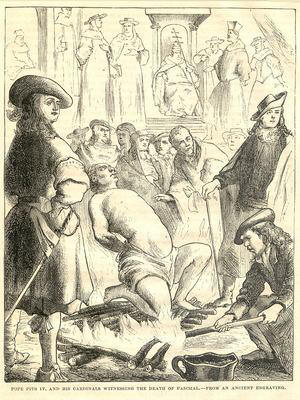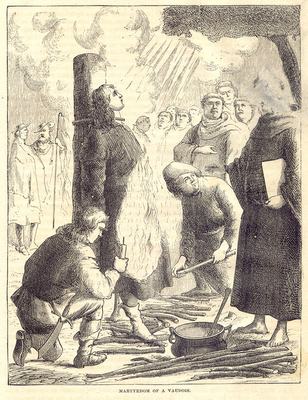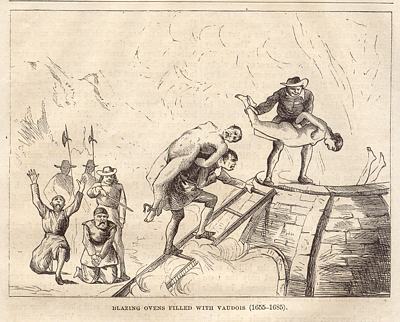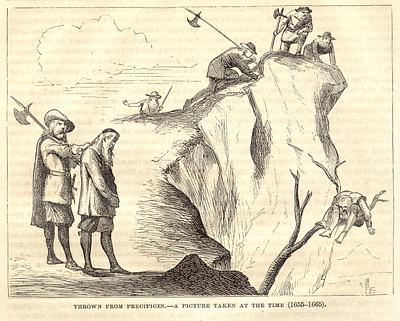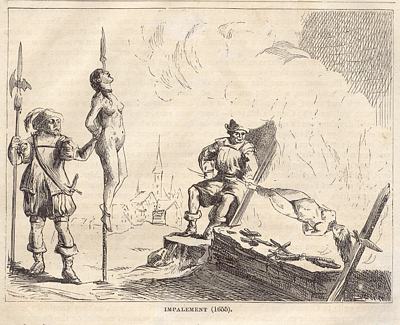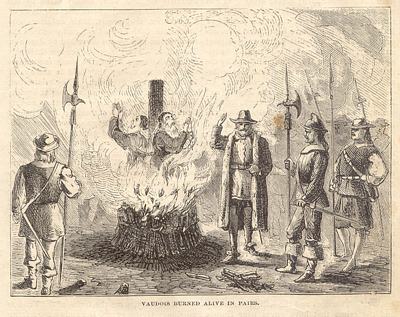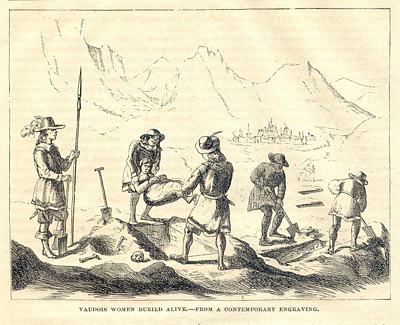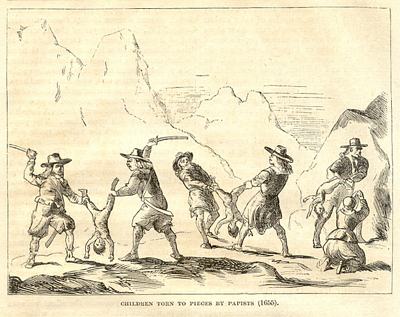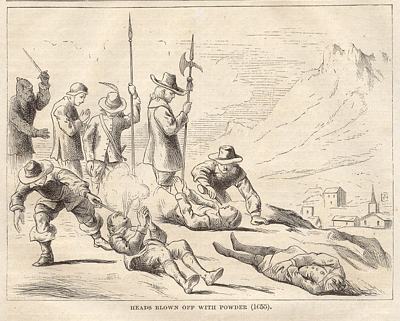|
Wood Engravings
|
||||
|
|
||||
|
|
||||
|
|
||||
|
|
||||
|
|
||||
|
|
||||
|
|
||||
|
|
||||
|
|
||||
|
The Inquisition Beginning in the 12th century, the Roman Catholic Church initiated formal prosecution against anyone dissenting with the teachings of the Church and/or authority of the Papacy. Baptized Christians who erred in their faith could be accused of heresy, and secular non-Christians could be charged with blasphemy. Torture and death were the common punishments for those found guilty. The institution was known as The Inquisition, which in its various forms has lasted over 800 years. The surviving, present day form of this institution is The Congregation for the Doctrine of the Faith, renamed such in 1965. The Vaudois One of the earliest and most persistently hounded targets of the Inquisition were the Waldenses, a North Italy community of faithful who questioned aspects of official Church doctrine and practice. Founded by one Peter Waldo in 1177, the Waldenses suffered for nearly 700 years for their particular form of piety. The Vaudois, as they were called in French, were particularly persistent in their beliefs, and suffered with focused intensity. Thousands and thousands were tortured and murdered by the emissaries of the Pope and it was not until 1848 that they were granted religious and civil rights by King Charles Albert of Sardinia. A ragtag remnant of Waldenses or Vaudois formed a settlement in North Carolina and still thrives there. The Images The images presented here were published in 1870 in Harpers New Monthly Magazine (No CCXLII - July 1870 - Vol. XLI). They were collected from the work of several 19th century artists who chose to vividly illustrate the horrors of the persecution of the Vaudois. They are original wood engravings.
For further
information about the engravings, or the Vaudois, |
||||
|
|
||||
